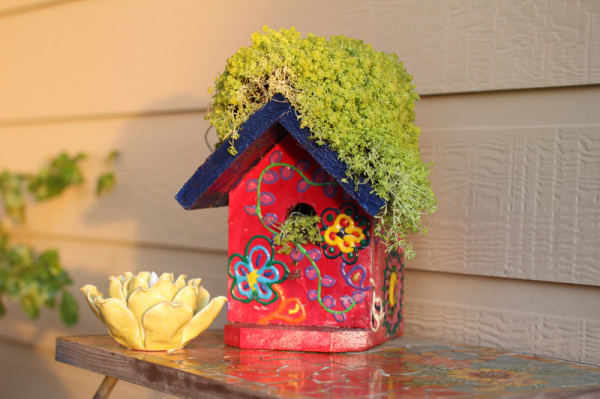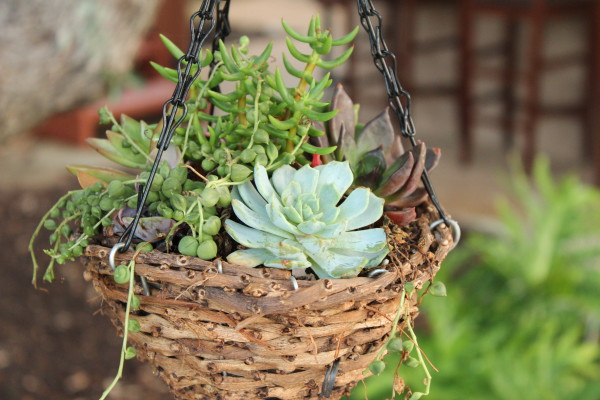Spring cleaning in the garden


Unlike warmer winters, when many of the perennials in our gardens survived and even bloomed through the season, this year has been a cruel test of our gardens.
After repeated record cold spells, our gardens have suffered significantly more than recent years. The severe freeze damage we’re seeing has even the most seasoned gardeners wondering what will live and what will die when it’s all said and done. Is it dormant or is it gone for good?
We officially have only a few more weeks to worry about the danger of frost. But the excessive cold this winter could turn traditional garden wisdom on its ear. According to the USDA Hardiness Zone map for the Austin area, our average last frost occurs between March 1 and March 31. It’s typically the middle of March. But with this atypical winter, I’m trying to adjust my early spring expectations and prune a little more conservatively than I normally would on non-woody perennials.
But we can start pruning back our dormant woody perennials now – those tough native and adapted plants that now look like dead sticks in your garden.
Perennials
Woody perennials are still growing from their roots and will soon show some tender growth down at the ground level. With these plants—like lantana, esperanza, Turk’s cap, copper canyon daisy and the salvias that aren’t still green above ground—it is time to clean up the dead limbs and stimulate new spring growth. Don’t be afraid, woody plants can be pruned almost to the ground. Just make clean sharp cuts leaving about 6” of stem above the ground. You can also prune native and ornamental grasses down to the base now.
Other plants, like the salvia greggiis and skullcaps that are still green above ground, should get a good pruning now, too, but not down to the ground. Because they are still green and growing above ground – you can cut them back by up to one-third to encourage fresh, new growth and give them the shape you like. Most gardeners are hesitant to prune this much, but plants like these will bounce back quickly with full, lush foliage will soon be blooming as the days continue to warm up.
Now is also the time to prune most roses. Do not prune spring-flowering plants, however, until after they have bloomed.
You should also wait to prune most evergreen shrubs until we’re closer to that last frost date, so that a surprise late freeze doesn’t kill tender, new growth.
Now that everything is looking clean and starting to bud out, don’t be tempted to fertilize newly-pruned plants just yet. They need to use all of their energy to begin new growth and fertilizing now will over-stress them. Wait until a little later in the spring — when they are established again.
Succulents
What do we do with those squishy succulents and agaves? Many of our aloes, agaves and other similar plants with juicy leaves disintegrated in these repeat freezes. I assessed the damage in my own garden a month ago and was pleased that many of my agaves were hanging in there. Since then, many more have collapsed and turned to mush.
Freeze-damaged succulents are usually a lighter color, almost white, soon after the freeze. Later, the damaged part of the plant will wilt, and then turn black with rot. In some succulents, the affected part just eventually falls off.
On your Agaves, even with rotten or dead leaves, if the center bud is green and firm, the plant will likely to grow out and recover. However, the parts that are damaged or dead never will recover and the dead parts should be cut out. You might want to wait until the danger of frost has passed to prune the dead leaves, though, as they can still provide some protection for the center of the plant. You may be lucky enough to have some little pups – new plants – growing under the dead plant when you remove dead leaves, so look for them as well.
On these periodic warm days with spring just around the corner, it feels great to be out in the garden again, even if it means mundane chores like weeding and pruning.
Local Landscape Designer and Garden Coach Diana Kirby provides landscaping tips at http:/www.dianasdesignsaustin.com and writes a garden blog at https://www.dianasdesignsaustin.com



